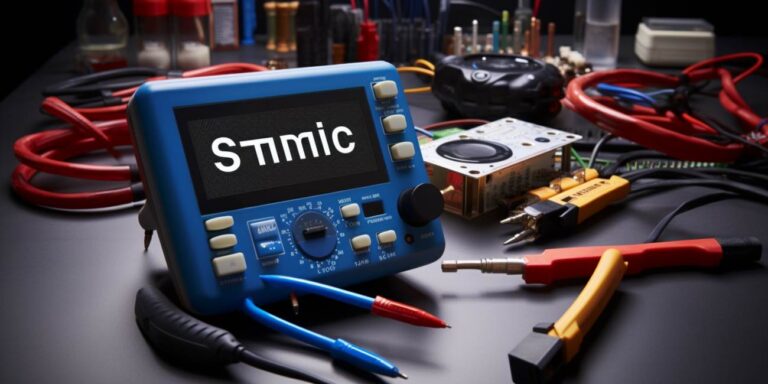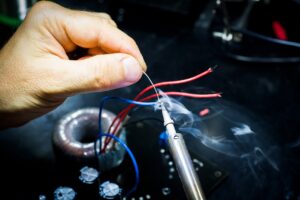Welcome to our comprehensive guide on STM32 ADC (Analog-to-Digital Converter). In this article, we will delve into the world of STM32 microcontrollers and explore the capabilities and functionalities of their ADC units. Whether you’re a seasoned engineer or just starting with STM32 development, this guide will provide you with valuable insights into using the ADC effectively for your projects.
Understanding stm32 adc
STM32 microcontrollers are widely known for their versatility and performance. One of the key features that make them suitable for a variety of applications is their built-in Analog-to-Digital Converter (ADC). ADC is a vital component in many embedded systems, as it allows the microcontroller to convert analog signals, such as voltage levels, into digital values that can be processed by the CPU.
Here are some key aspects to understand about STM32 ADC:
- Resolution: STM32 microcontrollers come with various ADC resolutions, typically ranging from 8 to 16 bits. Higher resolution allows for more precise analog-to-digital conversions.
- Channels: STM32 ADCs can have multiple input channels, allowing you to sample data from various sources simultaneously.
- Sampling Rate: The sampling rate of the ADC determines how quickly it can convert analog signals into digital values. It’s an important parameter to consider in time-critical applications.
Working with stm32 adc
Now, let’s dive into how to work with STM32 ADC in your projects:
Initialization and configuration
Before using the ADC, you need to initialize and configure it according to your requirements. This involves setting the resolution, choosing the input channels, configuring the sampling rate, and more. You can do this using the STM32 HAL (Hardware Abstraction Layer) or directly by configuring the registers.
Single conversion vs. continuous conversion
STM32 ADCs can perform single conversions or continuous conversions. Single conversions are suitable for one-time measurements, while continuous conversions are useful for monitoring analog signals continuously. You can select the appropriate mode based on your application’s needs.
Interrupts and dma
STM32 ADCs can trigger interrupts or use DMA (Direct Memory Access) to transfer converted data to memory. Using interrupts or DMA can help you efficiently handle ADC data without CPU intervention, saving processing power.
Frequently asked questions
Q1: how can i change the adc resolution on an stm32 microcontroller?
A1: You can change the ADC resolution by configuring the appropriate bits in the ADC’s control registers. Refer to the STM32 reference manual for detailed information on the specific microcontroller you are using.
Q2: is it possible to sample multiple channels simultaneously with stm32 adc?
A2: Yes, most STM32 microcontrollers support multiple input channels, allowing you to sample data from different sources simultaneously. You can configure the ADC to switch between channels as needed.
Q3: what is the maximum sampling rate i can achieve with stm32 adc?
A3: The maximum sampling rate depends on the specific STM32 microcontroller you are using. Consult the datasheet and reference manual for your microcontroller to determine the maximum achievable sampling rate.
Q4: can i use the stm32 adc in low-power applications?
A4: Yes, STM32 microcontrollers offer low-power modes that allow you to use the ADC efficiently in battery-powered or energy-efficient applications. You can configure the ADC to operate in low-power modes when not actively converting data.
Q5: where can i find more resources and documentation on stm32 adc?
A5: You can find extensive documentation, reference manuals, and application notes on the official STMicroelectronics website. Additionally, online communities and forums are valuable sources of information and support for STM32 development.
Conclusion
In conclusion, STM32 ADC is a powerful feature that enhances the capabilities of STM32 microcontrollers in various applications. Understanding how to configure and utilize the ADC effectively is essential for achieving accurate analog-to-digital conversions in your projects. We hope this comprehensive guide has provided you with valuable insights into STM32 ADC and its applications.
Zobacz także:






